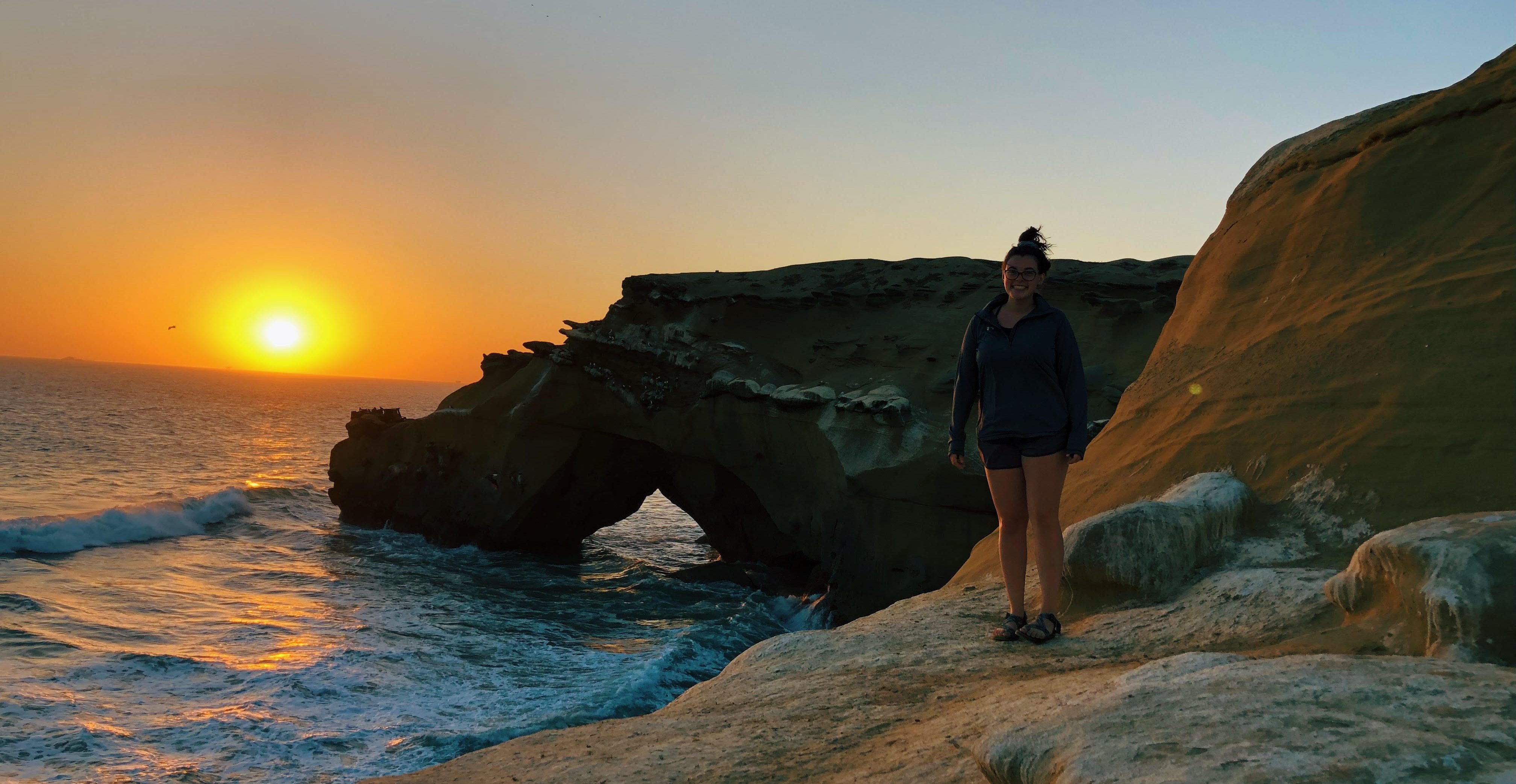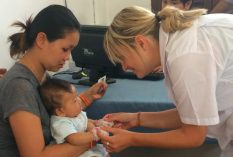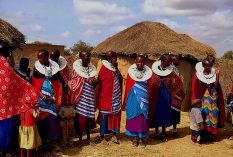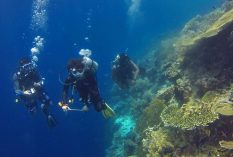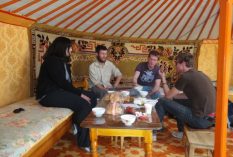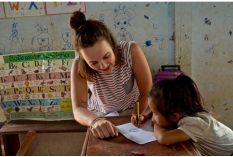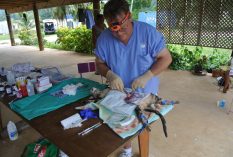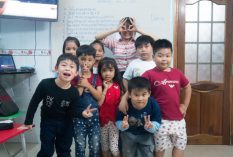Over the past two weeks I have had an incredible opportunity to travel to Lobitos, Peru for an internship with this NGO. Lobitos, which is a military province of Talara had originally been developed solely for petroleum, however, now is regarded as one of the best, secret surf spots in Peru.
As a reforestation intern I worked with the project on various projects. Some of these projects included maintenance of the Zion Forest; a dry forest the project has planted in hopes of creating a sanctuary for the Peruvian Plantcutter, a native bird that is in danger of extinction. Each of these plants are natie to Peru; trees like algorrobo, palo negro, palo verde, and the azote de cristo are some of the most popular plants we use. The Peruvian Plantcutter is native to northern Peru since they prefer open and dry areas, like the desert landscape of Talara. In fact, on my very first day working with the project , I was able to hear their distinct calls and see three of these birds, one of which was just a baby. Unfortunately, there are only as few as 500 adult birds left of this species. Because of this, it is critical to rehabilitate the dry forests these birds live in to ensure the survival of their species.
We worked with the community in nearby provinces, educating the residents on topics such as reusing grey water, organic materials, and inorganic materials. In addition, many of these community members were gifted native plants from the project and are now being monitored to track their growth. I was very proud of my work with this project. I was able to tag along and sit in on a monitoring survey interview with a community member of Piedritas and see how his plants have grown over the one year that this project has been operating. After, I was tasked with comparing the data recorded over the year and creating an analysis report of the projects impact on the community. In addition, I created a spreadsheet which now tracts the average amount of water and organic materials being reused in Piedritas and Lobitos over each monitoring session. Seeing how much the project has grown over time really showed the dedication of the community and their passion for these native plants and animals.
Sanitation is another serious issue in this region as the infrastructure is weak as well as it is difficult to access large quantities of clean water. The project has crafted two very unique projects to try and combat the sewage waste issue. Instead of contributing to the waste buildup, the project has developed a dry toilet that instead turns waste into compost which can be used for planting. In addition, we have installed vetiver grass into one of the waste disposal sites. Vetiver grass acts as a purifier in bodies of water which is why we are using it to test to see if it can reduce the toxicity of the sewage disposal.
With the different projects I worked on as well as hearing about the projects my peers are working on, I believe we are making an impact. Considering the resources available as well as those that are more scarce, the project strives to create effective solutions to issues impacting the community using what is available to us and our creativity. While there were some challenges along the way, having a passionate and dedicated team made them easy to overcome. One major challenge was getting in contact with the families to monitor the growth of their plants. However, we were able to work together to call some of these individuals to get the monitoring done. In addition, once a week, everyone comes together for planting day and together we take care of maintenance around the house like fixing the fence and cleaning and reorganizing our storage closet. Having a very friendly work environment helps overcome the different challenged because, I know there is always someone here willing to lend a hand.
Not only did I have a lot of fun learning about and taking care of the native plants, but I have made a lot of friends during my time. This past weekend we were able to take a few trips and see local attractions. First, we went to Las Capullanas where we hiked across the caves to watch the sunset and even hiked down the side of the structure and explored some of the caves. The next day, we traveled to Los Organos to see the sea turtles. First, I learned about the transportation systems that run throughout this region. In order to get into Talara, we had to walk and catch a combi, you wait for it to fill up with other locals before leaving, and then once in Talara, we took the Eppo bus to our final destination. Here, we walked to the beach and instantly were able to see wild sea turtles swimming around. We walked onto the pier to leave our bags and then climbed down into the water. The locals cut fish to throw into the water so the turtles stay nearby but as we swam with them, sometimes they would brush against you and you were able to feel their texture. Many had barnacles stuck to their shells and their flipper arms and legs were like a soft leather. I had never seen such wild sea animals that close before, it is for sure a memory I will never forget.
Overall, I had an unforgettable two weeks working and exploring Lobitos, Peru with the project . I have learned so many unique things about this region, about its native plants, and how the project is working to improve the natural aspect of the region with the help of the community. I have eaten tons of unique fruits, like granadilla and chirimoya, as well as seen tons of wild animals ranging from horses to scorpions. I knew coming to volunteer in Peru would be a unique experience, however, my time here has been above and beyond what I imagined. I am proud of the work I did and very impressed with what the project is doing here and can’t wait to book my next trip back.

